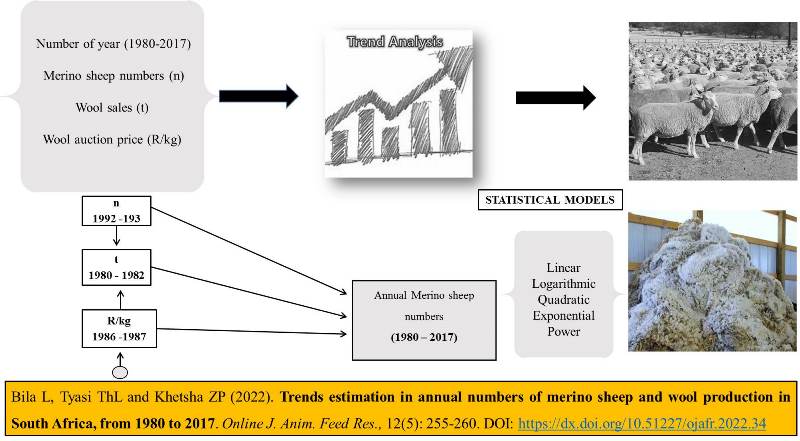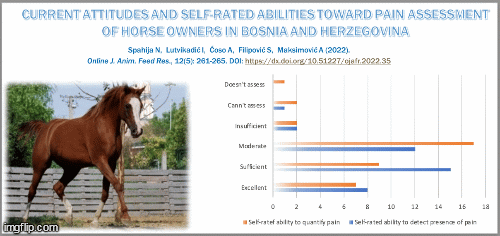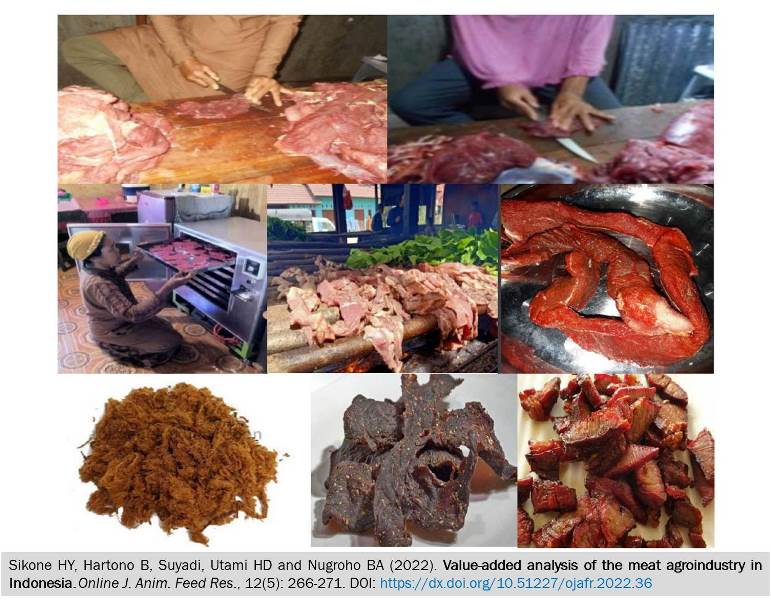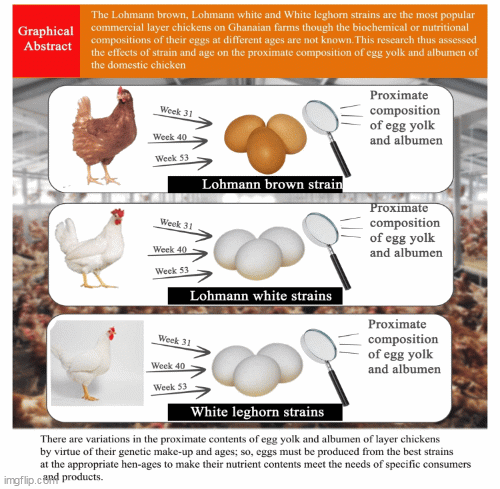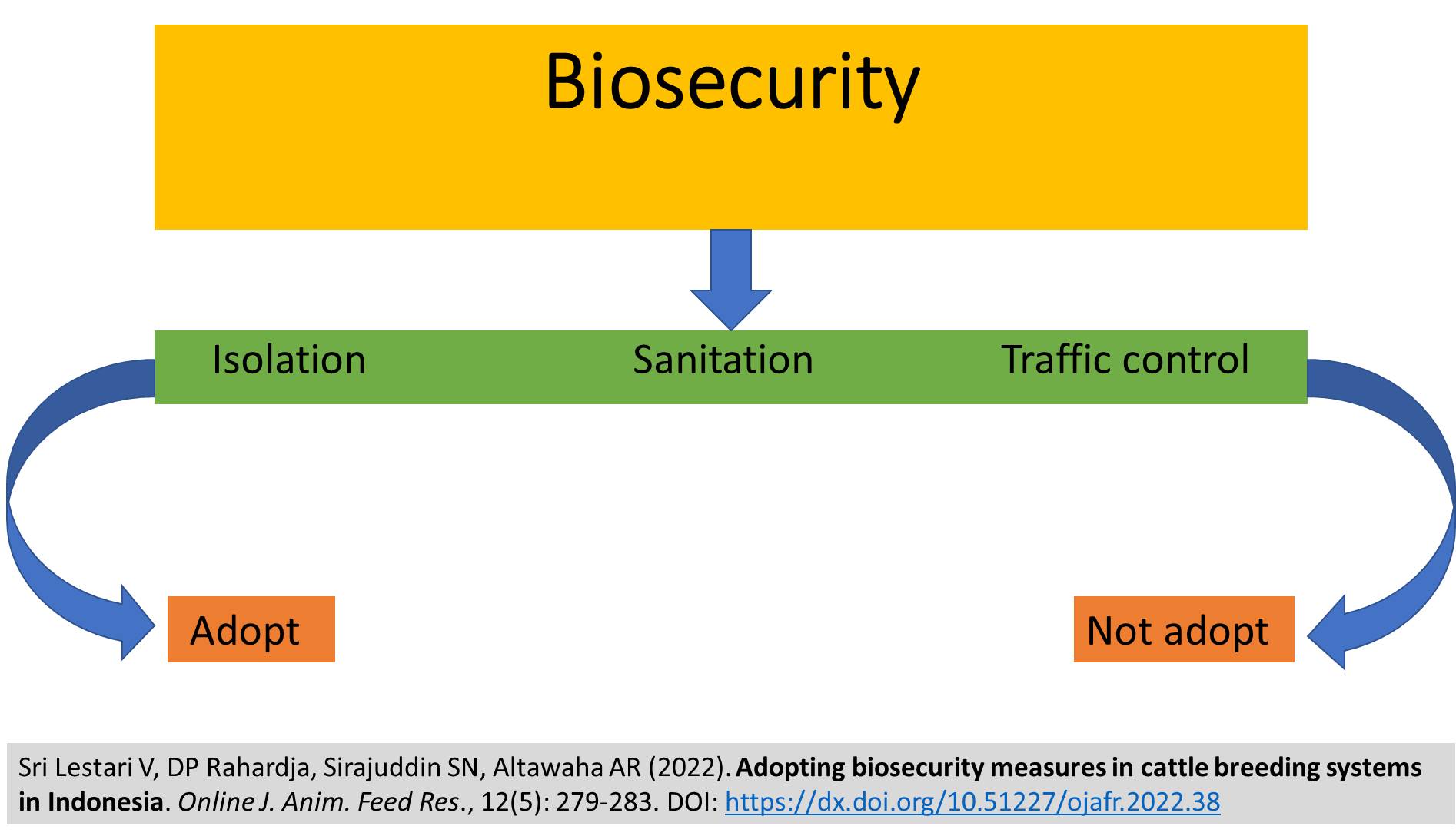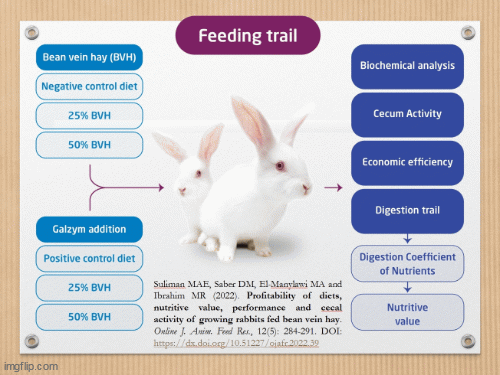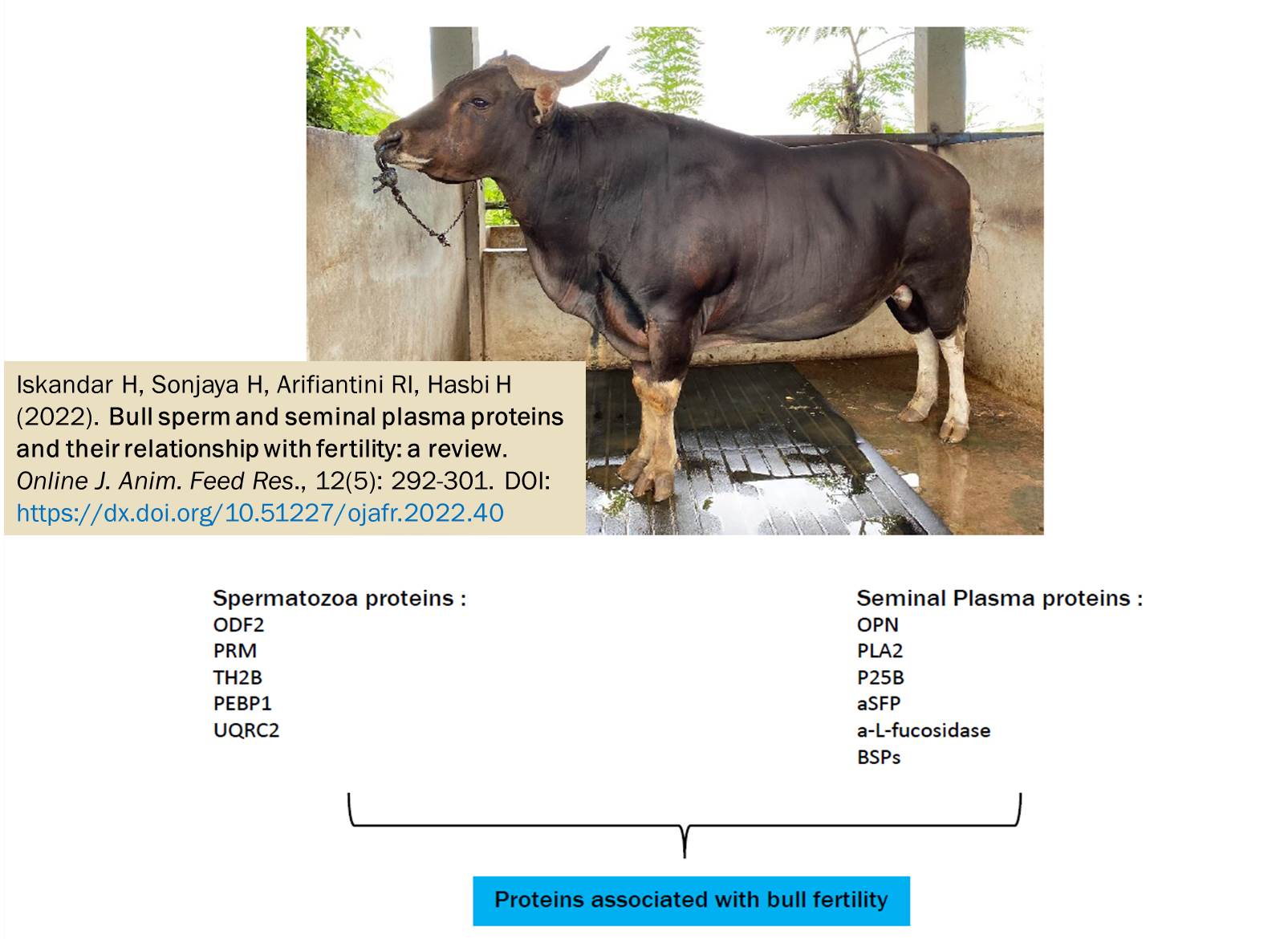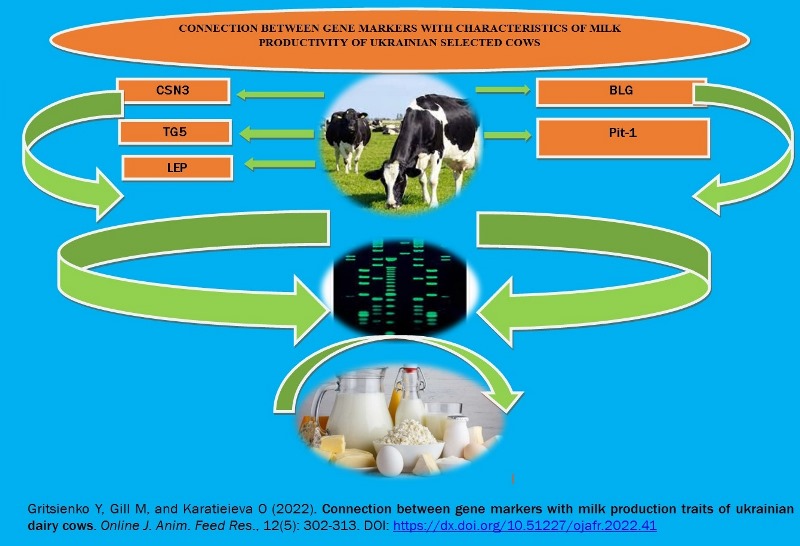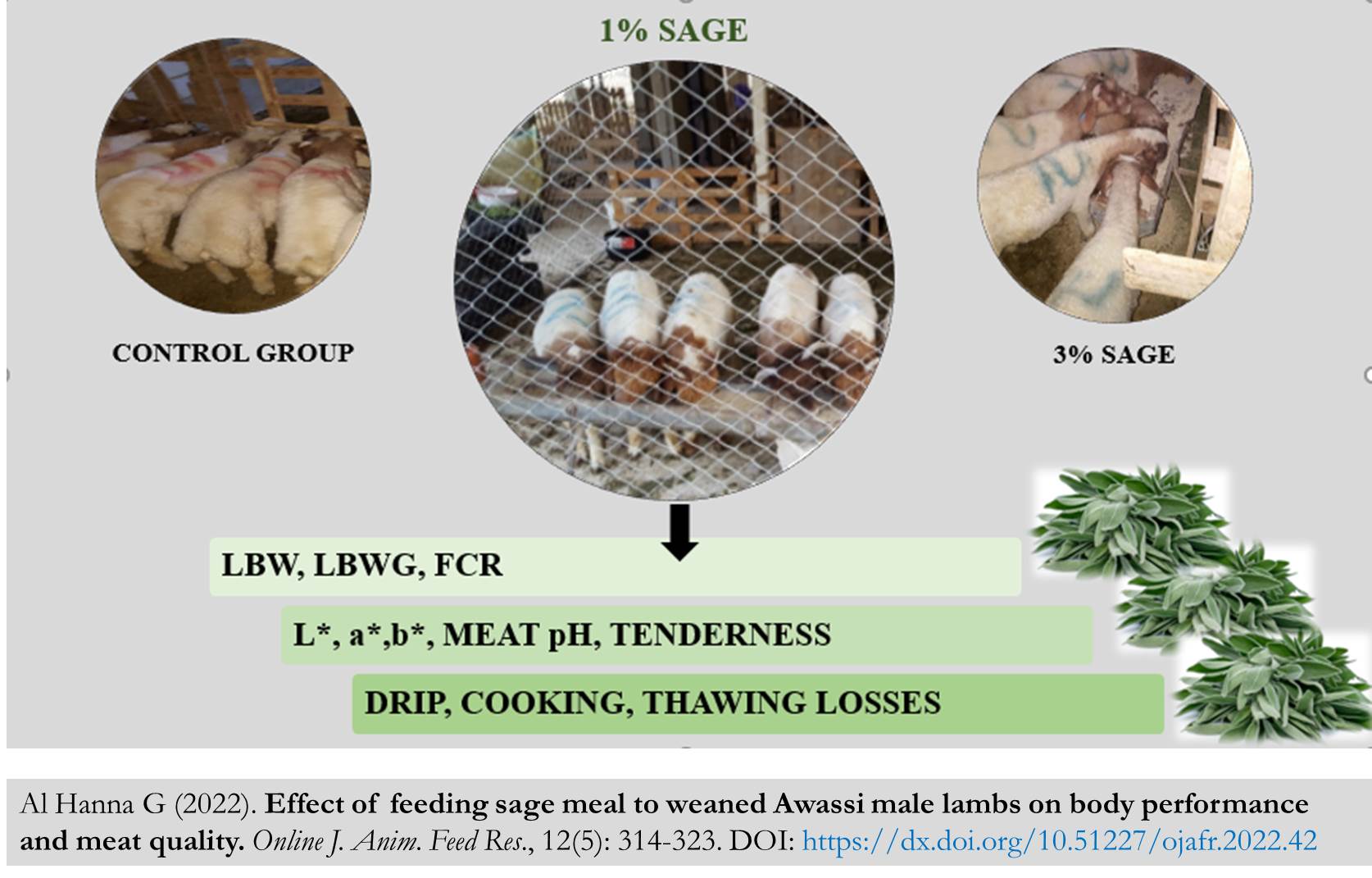Previous issue | Next issue | Archive
![]() Volume 12 (5); September 30, 2022 [Booklet] [EndNote XML for Agris]
Volume 12 (5); September 30, 2022 [Booklet] [EndNote XML for Agris]
Trends estimation in annual numbers of merino sheep and wool production in South Africa, from 1980 to 2017
Bila L, Tyasi ThL and Khetsha ZP.
Online J. Anim. Feed Res., 12(5): 255-260, 2022; pii: S222877012200034-12
DOI: https://dx.doi.org/10.51227/ojafr.2022.34
Abstract
The economic important value of wool in South Africa is influenced by many characteristics that meet processor capacities and consumers’ preference. The study was conducted to characterize the trends of annual Merino sheep numbers, wool sales and wool auction price in South Africa, from 1980 to 2017. The data from year 1980 to 2017 was retrieved from the abstract of agricultural statistics which was published by the Department of Agriculture, Land Reform and Rural Development (DLRRD) in 2020 was used. Trends were analysed using the differences and percentage change between numbers of years in each independent variable (annual number of Merino sheep, wool sales and wool auction price). The findings indicated that there was a trend in annual number of Merino sheep, wool sales and wool auction prices. In annual numbers of Merino sheep, the highest decrease was observed from 1992 to 1993 (-1878) by 11.2 percent (%) while the huge increase was observed from 1999 to 2000 (+1177) by 10.6%. In wool sales, the findings showed that there was an increase (+5.4) from 1980 to 1982 with 7.7% while there was a decrease (-4.7) from 1982 to 1983 by 6.2%. In wool auction price, the highest increase was observed from 1986 to 1987 (+250903) by 77.2%. Regression findings indicated that all the predicted regression models were statistically significant at P < 0.01. However, the results suggest that quadratic (R2 = 90) was the best fit model to predict the relationship between number of years and annual Merino sheep numbers. This study suggests that there was a trend in annual numbers of Merino sheep, wool sales and wool auction prices in South Africa from 1980 and 2017. Moreover, this study might help Merino sheep farmers to recognise the trends that might be helpful in planning for annual wool productions.
Keywords: Exponential, Linear, Logarithmic, Quadratic, Sheep.
[Full text-PDF] [Scopus] [ePub] [Export from ePrint]
Current attitudes and self-rated abilities toward pain assessment of horse owners in Bosnia and Herzegovina
Spahija N, Lutvikadić I, Ćoso A, Filipović S and Maksimović A.
Online J. Anim. Feed Res., 12(5): 261-265, 2022; pii: S222877012200035-12
DOI: https://dx.doi.org/10.51227/ojafr.2022.35
Abstract
Over the past decades, recognised importance of prompt and valid pain recognition and quantification in veterinary medicine significantly increased interest in investigating attitudes and self-rated abilities of veterinarians towards pain assessment. However, giving that the owners are the ones who decide when to call the veterinarian, it is also essential to investigate their attitudes and knowledge regarding pain recognition and management. This is the first research investigating horse owners’ attitudes and self-rated abilities towards pain assessment and management in Bosnia and Herzegovina. The participants were invited via email or social media with attached link to online questionnaire created using the Google Forms platform. Surveyed population included adult sport or pleasure horse owners, and horse caretakers in Bosnia and Herzegovina. Study response rate was 33.33% (40 respondents). The questionnaire consisted of sections asking about respondents’ demographic data, general pain assessment and management, and attitudes towards pain assessment done by veterinarians compared with theirs. Study respondents considered their abilities for pain recognition and quantification as sufficient and sufficient/moderate, even though most of them were unfamiliar with pain scales, and only negligible number use them. This study indicates the need and importance of owners' education concerning pain recognition and quantification in horses, and their more effective communication with veterinarians.
Keywords: Horse, Pain recognition, Pain quantification, Pain scales, Questionnaire.
[Full text-PDF] [Scopus] [ePub] [Export from ePrint]
Value-added analysis of the meat agroindustry in Indonesia
Sikone HY, Hartono B, Suyadi, Utami HD and Nugroho BA.
Online J. Anim. Feed Res., 12(5): 266-271, 2022; pii: S222877012200036-12
DOI: https://dx.doi.org/10.51227/ojafr.2022.36
Abstract
This study analyzes the added value of processing fresh beef into beef jerky, shredded beef, and se'i (smoked beef) products in Kefamenanu. The research was conducted in February and March 2021. The research method used was the survey method. Data was collected from cattle slaughterers (butchers) in abattoirs (n = 7), meat retailers (n = 13), and MSMEs in the meat processing industry (n = 15) and consumers (n = 90). The sample was selected through a purposive sampling method, with the criteria for selecting a sample of MSMEs in the processing industry as follows: 1) entrepreneurs have beef jerky, shredded beef, and se'i (smoked beef); 2) entrepreneurs who have sold their products in the past year and their three products are circulating in the market; 3) entrepreneurs produce these three products sustainably. The data was analyzed using descriptive statistics, and the added values of beef jerky, shredded, and se'i (smoked beef) products were calculated using the Hayami method. The results showed that each processing of one kilogram of fresh beef could produce 0.70 kg (shredded), 0.73 kg (jerky), and 0.68 kg (se'i). The added value obtained is USD 3,56 for shredded products, USD 4,03 for jerky products, and USD 2,91 for se'i products. The profit from shredded beef is USD 3,34, with beef jerky of USD 3,80 and se'i (smoked beef) of USD 2,64.
Keywords: Beef fresh, Beef product, Farm management, Meat processing, Value added.
[Full text-PDF] [Scopus] [ePub] [Export from ePrint]
Effect of strain and age of layer chickens on proximate contents of egg yolk and albumen
Kruenti F, Hagan JK, Ofori SA, Lamptey VK and Adu S.
Online J. Anim. Feed Res., 12(5): 272-278, 2022; pii: S222877012200037-12
DOI: https://dx.doi.org/10.51227/ojafr.2022.37
Abstract
This research assessed the effects of strain and age on the proximate compositions of egg yolk and albumen of the domestic chicken. A total of 504 eggs were used in a 3 X 3 factorial experiment involving the Lohmann white, Lohmann brown and White Leghorn which were 31, 40 and 53 weeks old using a completely randomised design (CRD). Data obtained were subjected to the two-way analysis of variance (ANOVA) using the general linear model (GLM) procedure. Differences in means were separated using the Tukey pairwise comparisons method at 5% level of significance. The results show that, eggs from the Lohmann layers have significantly more protein but lower fat content in the yolk than the White leghorn; while albumen protein was slightly higher in the White leghorn with lower albumen fat in the white strains than the Lohmann brown. Protein content of egg yolk significantly increased as the birds advanced in age but albumen protein was not affected largely by layers’ age. Yolk fat significantly decreased as the birds grew but albumen fat was not substantially affected by age of the hens. There was significant effect of strain by age interaction on yolk and albumen protein contents but not on their fat content across the chicken groups. There are variations in the proximate contents of egg yolk and albumen of layer chickens by virtue of their genetic constitution and ages; so, eggs must be produced from the best strains at the appropriate hen-ages to make their nutrient contents meet the needs of specific consumers and products.
Keywords: Genetic constitution, Lohmann white, Lohmann brown, Variations, White Leghorn.
[Full text-PDF] [Scopus] [ePub] [Export from ePrint]
Adopting biosecurity measures in cattle breeding systems in Indonesia
Sri Lestari V, DP Rahardja, Sirajuddin SN, Altawaha AR.
Online J. Anim. Feed Res., 12(5): 279-283, 2022; pii: S222877012200038-12
DOI: https://dx.doi.org/10.51227/ojafr.2022.38
Abstract
The study aimed to analyze the barriers to implementing biosecurity measures. Biosecurity refers to a collection of procedures designed to keep disease from spreading beyond the farm. Isolation, sanitation, and cage traffic control are all biosecurity strategies. At 2021, this study was carried out in Selli village, Bengo subdistrict, Bone regency, South Sulawesi province. Bone Regency is noted for being the largest livestock supplier in the province of South Sulawesi. A total of 35 people were chosen to be observed and questioned with the help of a questionnaire. The information gathered was analyzed using descriptive statistics. The results revealed that only 2.86 percent and 28.57 percent of respondents used quarantine or provided fences or barriers as isolation or segregation methods. Farm visitors were not provided with sanitary facilities. Everyone entering or exiting the cage was not subject to traffic control. The absence of information was the first roadblock to biosecurity adoption (65.71 percent). Then came a lack of time (31.43 percent) and a hefty price (2.86 percent). Therefore, training and extension should be provided by the Animal Hsubandary Services and Private Sectors.
Keywords: Adopting, Beef, Biosecurity measures, Cattle breeding, Smallholder farmers.
[Full text-PDF] [Scopus] [ePub] [Export from ePrint]
Profitability of diets, nutritive value, performance and cecal activity of growing rabbits fed bean vein hay
Suliman MAE, Saber DM, El-Manylawi MA and Ibrahim MR.
Online J. Anim. Feed Res., 12(5): 284-291, 2022; pii: S222877012200039-12
DOI: https://dx.doi.org/10.51227/ojafr.2022.39
Abstract
A feeding trail was conducted to study effect of bean viens hay (BVH) on the growing rabbit’s performance, nutritive value and cecum activity and economic return of experimental diets that. Seventy two New Zealand White (NZW) rabbits (6 week of age) were divided into 6 groups and were fed 6 experimental diets inclusion BVH and Galzym® enzyme contains cellulase, xylanase, lipase, amylase, protease, pectinase, arabinase, phytase, α-galactosidase, and β-glucosidase additives. Group 1 fed negative control (basal diet without both BVH and Galzym®) and group 2 fed positive control diets (basal diet without BVH and with Galzym®). The 3rd and 4th groups fed 25% BVH substitution of clover hay without Galzym® (T3) and with Galzym® (T4). The 5th and 6th group’s rabbits fed 50% BVH substitution of clover hay without Galzym® (T5) and with Galzym® (T6). The crude fiber, NDF, ADF, ADL and cellulose were higher in BVH than those in clover hay while, CP% and digestible energy (Kcal/kg) were lower in BVH than those in clover hay. Results of interaction between BVH and Galzym® additives (treatment effect) had significant (P<0.05) effect on rabbits productive performance, all nutrients digestibility except EE and DCP%, blood biochemical (TP, albumin, globulin, albumin/globulin ratio, cholesterol, ALT, and urea), and cecum activity (TVFA’s and NH3). Moreover, main effect of BVH was significantly (P<0.05) improved of rabbits productive performance, nutrients digestibility (DM, OM, CP, CF, and NFE%), blood constituents (TP, albumin, globulin, and ALT), and TVFA’s in cecum. Enzyme main effect decreased (P<0.05) FI and formation of NH3 in rabbit’s cecum. In conclusion, the dietary BVH improved the productive performance of growing rabbits without negative effect on health status. Enzyme addition increases the BVH utilization and diets profitability.
Keywords: Bean vine hay, Cecum activity, Cost, Digestibility, Rabbit.
[Full text-PDF] [Scopus] [ePub] [Export from ePrint]
Bull sperm and seminal plasma proteins and their relationship with fertility: a review
Iskandar H, Sonjaya H, Arifiantini RI and Hasbi H.
Online J. Anim. Feed Res., 12(5): 292-301, 2022; pii: S222877012200040-12
DOI: https://dx.doi.org/10.51227/ojafr.2022.40
Abstract
The efficiency of artificial insemination (AI) is greatly influenced by the quality of semen. Spermatozoa and seminal plasma are found in semen, which play a role in the reproductive process and its ability to fertilize an egg and maintain the development of an embryo. Various factors will determine the fertility capacity of a sperm, both from the intrinsic factors of the sperm and the plasma component of the semen. Seminal plasma proteins are crucial for maintaining the stability of the membrane, viability, motility of spermatozoa, acrosome reactions, maintaining osmotic pressure and helping the fertilization process. Good quality semen will support the fertilization process. The purpose of this scoping review is to increase our understanding of protein from sperm and seminal plasma of bulls and their relationship with fertility. The sperm proteins that were significantly correlated with fertility were Outer Dense Fiber protein 2 (ODF2), Protamine (PRM), Testis specific histine 2B (TH2B), Phosphatidylethanolamine binding protein (PEBP4), and Ubiquinol-cytochrome-c reductase complex core protein 2 (UQCRSC2). Meanwhile, the seminal plasma proteins positively correlated with fertility were Osteopontin (OPN), Phospholipasea 2 (PLA2), P25b, Acidic seminal fluid proteins (aSFP), Alpha-L-fucosidase (a-L-fucosidase), and Binder of sperm (BSPs).
Keywords: Bovine, Fertility, Semen, Seminal plasma protein, Sperm protein.
[Full text-PDF] [Scopus] [ePub] [Export from ePrint]
Connection between gene markers with milk production traits of Ukrainian dairy cows
Gritsienko Y, Gill M, and Karatieievа O.
Online J. Anim. Feed Res., 12(5): 302-313, 2022; pii: S222877012200041-12
DOI: https://dx.doi.org/10.51227/ojafr.2022.41
Abstract
The purpose of this study was to obtain information on the genotyping of cows of Ukrainian dairy breeds for the presented loci capa-casein gene (CSN3), thyroglobulin (TG-5) gene, leptin (LEP), pituitary-specific transcription factor (Pit-1), and beta-lactoglobulin (BLG) by polymerase chain reaction-restriction fragment length polymorphism (PCR-RFLP) and to test their association with milk production. The influence of the genotype on milk yield, fat and protein content in the milk of cows of Ukrainian selection has been established. The highest levels of milk productivity traits were expected from animals with the CT genotype for the LEP gene, AA for the CSN3 gene, CC for the TG5 gene, and AA and BB for the Pit-1 gene. But at the same time, milk obtained from cows with CSN3 BB genotype were characterized by the best cheese suitability. The effect of the homo- or heterozygous state of BLG on the signs of milk production was less noticeable, and the homozygous TT genotype for the TG5 gene was not found in any of the studied breeds. The results obtained can be used in the practical work of breeding farms along with traditional methods of selection, control and preservation of the genetic diversity of specific herds at an optimal level.
Keywords: Capa-casein, Marker genes, Polymorphism, Thyroglobulin, Leptin, Pituitary transcription Factor, Beta-lactoglobulin
[Full text-PDF] [Scopus] [ePub] [Export from ePrint]
Effect of feeding sage meal to weaned Awassi male lambs on body performance and meat quality
Al Hanna G.
Online J. Anim. Feed Res., 12(5): 314-323, 2022; pii: S222877012200042-12
DOI: https://dx.doi.org/10.51227/ojafr.2022.42
Abstract
An experiment was conducted for 8 weeks on 15 Awassi lambs using sage dry meal. Animals were randomly allocated into 3 groups [CGM (0% sage; Salvia officinalis), EGM1 (1% sage) and EGM3 (3% sage)] by 5 heads. Feed intake at the 8th week increased proportionally with LBW. Cumulative live body weight gain increased slightly more in EGM3 after the 5th week to attain 10.7 Kg at 8th week. FCR was most effective and attained 3.83 ± 0.97 in EGM3 Vs 4.14 ± 0.53 and 4.15 ± 0.64 in CGM and EGM1, respectively. After cooling, luminance ranged between 45.41 ± 2.97 in CGM and 47.28 ± 5.63 in EGM1 where as in EGM3 it was 47.28 ± 5.63. Redness, a*, after cooling was lowest in EGM3 (20.15 ± 3.29) followed by CGM (22.61 ± 3.41) and EGM1 (24.97 ± 1.24). Yellowness b* after 1 month of freezing is positively correlated with the achieved results after 24 h of cooling. The least losses in water after cooling was in EGM3 attaining 11.39 ± 2.39%. Meat of CGM loses more water after cooking (30.30 ± 6.52%) than other groups. Furthermore, after 24 hours of cooling, the most tender meat was in EGM1 (4.87 ± 0.44mm) in comparison to CGM (3.3 ± 0.64mm), whereas EGM3 occupied the 1st place in cooked meat tenderness after 1 month of freezing (5.4 ± 0.8mm). It is concluded and recommended to use rations containing sage meal in the daily feeding of Awassi sheep.
Keywords: Awassi lambs, Body performance, Feeding, Meat quality, Sage dry meal.
[Full text-PDF] [Scopus] [ePub] [Export from ePrint]
Previous issue | Next issue | Archive
This work is licensed under a Creative Commons Attribution 4.0 International License (CC BY 4.0).![]()
| < Prev | Next > |
|---|

